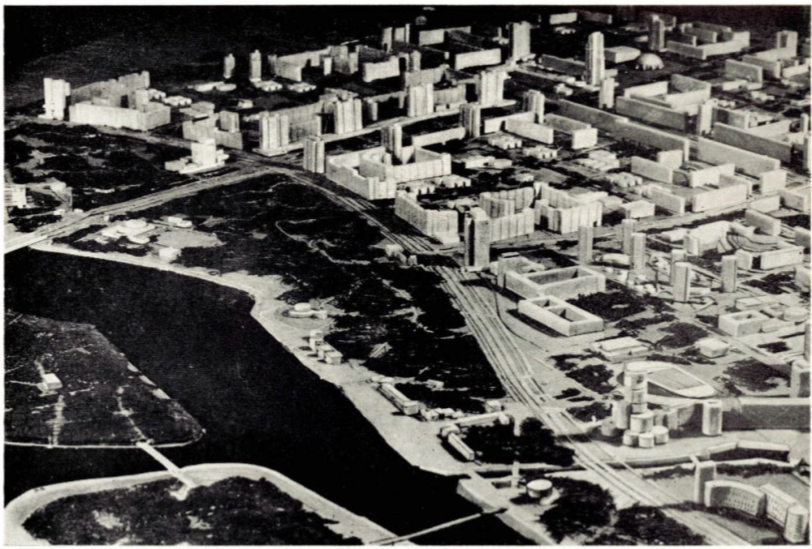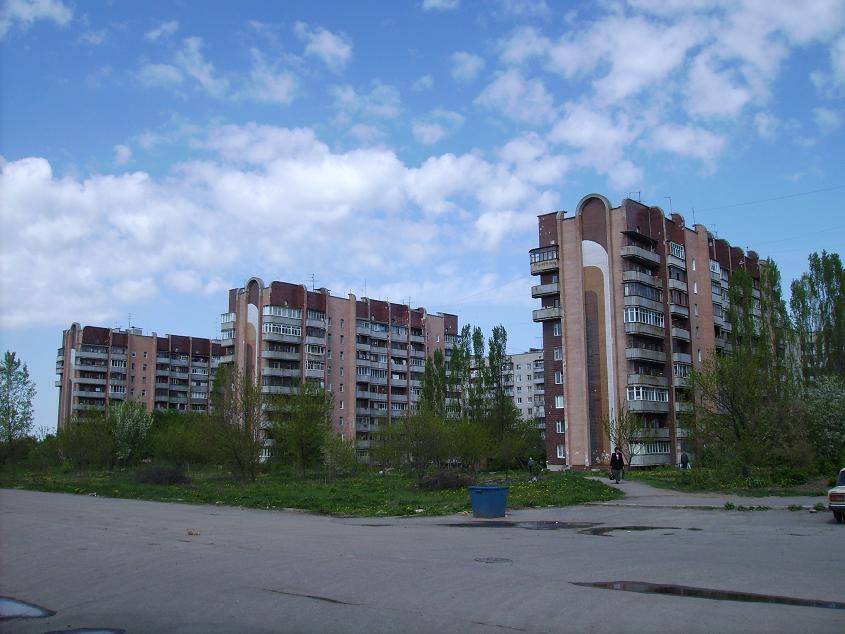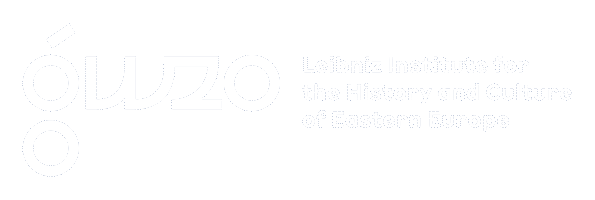Kharkiv is the second-largest city in eastern Ukraine and a key political, cultural, and economic centre. Due to its proximity to the Russian border, the city has experienced extensive destruction from repeated shelling since 2022, with significant civilian losses and damage to residential infrastructure. This case study focuses on two districts—Saltivka and Piatykhatky—which exemplify different spatial logics and sociopolitical roles within late modernist urbanism.
Saltivka Housing Estate

Built between 1963 and 1993, Saltivka became one of the largest mass housing projects in Ukraine, home to more than 400,000 residents. As a late-stage example of Soviet mass housing, it reflects a fully articulated micro-district (mikrorayon) structure, with standardized high-rise panel buildings, integrated social infrastructure, and extensive green zones. Northern Saltivka was among the first areas in Kharkiv to be heavily targeted during the invasion, with more than 70% of its buildings damaged. The district now stands at the centre of critical debates on demolition, reconstruction, and resident participation in shaping urban futures.
Piatykhatky Science City

Piatykhatky is a smaller, more isolated district in northern Kharkiv, developed between 1956 and 2000 to accommodate approximately 10,000 residents. Closely linked to the Kharkiv Institute of Physics and Technology, it was planned as a residential area for scientists and engineers, combining standard Soviet housing with site-specific design adapted to the surrounding forested terrain. Located near the northern outskirts of the city and close to the Russian border, Piatykhatky has sustained significant damage from shelling during the full-scale invasion. As a planned “science city,” the district offers a perspective on the spatial organisation of Soviet academic life and the changing condition of such areas under wartime circumstances.
Together, these two sites offer a layered understanding of how war, heritage, and planning intersect in late socialist urban environments—from expansive housing estates to specialized scientific settlements.

Illustrations:
1. Saltivka, 6 District. Stroitel’stvo i arhitektura, 1973, №4, p. 4.
2. Bam-Pyatykhatki. Korshunov Maksy, CC BY-SA 3.0, https://commons.wikimedia.org/w/index.php?curid=142414098







